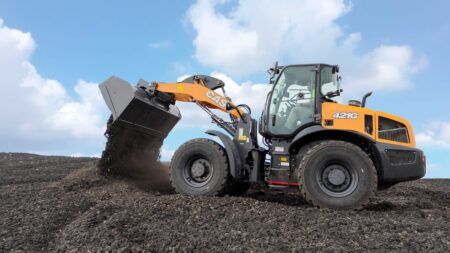Caterpillar has announced the launch of three efficient and low-operating cost excavators for the African, Middle East and Turkish markets.
The 20-ton size class of machines the 320, 323 and 320 GC provide reduced fuel and maintenance costs, while improving operator comfort and increasing operating efficiency compared to previous models.
According to Caterpillar, the Cat 320 “raises the bar for efficiency” with integrated Cat Connect Technology that advances productivity gains. Standard technology combined with lower fuel and maintenance costs delivers low-cost production in medium- to heavy-duty applications.
High reliability, low cost-per-hour
Designed for low- to medium-duty applications, the Cat 320 GC combines the right balance of productivity features with reduced fuel consumption and maintenance costs. The result is high reliability and low cost-per-hour performance.
Delivering high production performance, the Cat 323 boasts standard integrated Cat Connect Technology and the most power and lift capacity in the line. These features combine with lower fuel consumption and reduced maintenance costs to deliver maximum productivity at the lowest cost.
Efficient but powerful
Durable Cat engines provide duty-matched power ratings from 107 to 117kW for the three new excavators. The efficient next generation machines consume up to 25% less fuel than the previous, corresponding models. New Smart mode operation automatically matches engine and hydraulic power to digging conditions, optimizing both fuel consumption and performance. Engine speed is automatically lowered when there is no hydraulic demand to further reduce fuel usage.
More efficient than single-fan systems, the new cooling system employs multiple electric fans, which independently monitor hydraulic oil, radiator and air-to-air aftercooler temperatures to deliver the exact airflow required.
With a new hydraulic system built for responsiveness and efficiency, the Cat 320 GC, 320 and 323 feature a new main control valve that eliminates the need for pilot lines, reduces pressure losses and lowers fuel consumption. Fewer hydraulic lines on the excavators result in 20% less oil being required, lowering long-term operating costs.
October 27, 2017




